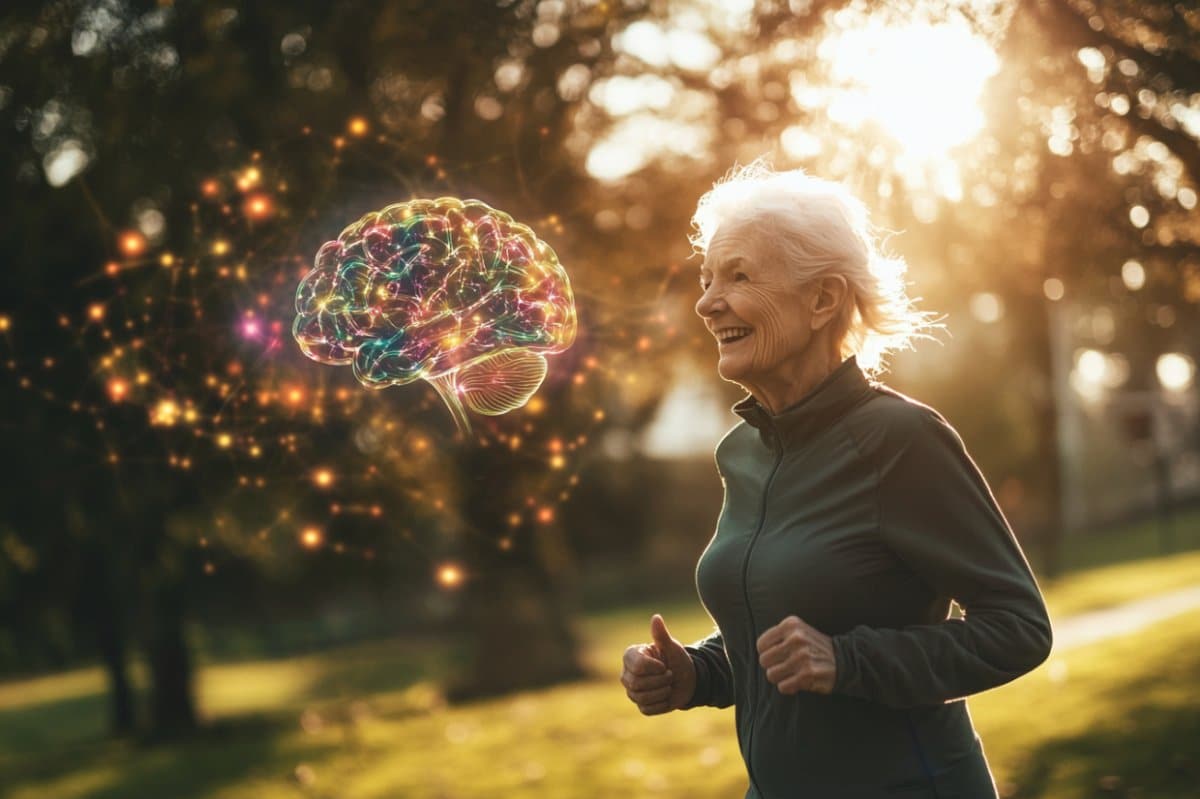Unlocking the Brain's Potential through High-Intensity Exercise
The Science Behind High-Intensity Exercise and Brain Health
Recent studies have unveiled that short bursts of high-intensity exercises do not merely benefit physical fitness but also significantly enhance brain functionality. Engaging in as little as 10 minutes of vigorous physical activity each day can lead to measurable improvements in cognitive performance and neuroplasticity.
Impact on Neuroplasticity
Neuroplasticity, the brain's remarkable ability to reorganize itself, is significantly influenced by physical activity. Endurance training, combined with intervals of high-intensity workouts, has shown favorable effects on the gray matter density in our brains. According to neuroscientists, "Exercise is the most transformative thing that you can do for your brain today," states Dr. Wendy Suzuki, a renowned neuroscientist and author. This highlights the importance of incorporating exercise in daily routines.

Real-World Applications
For practical applications, consider integrating the following practices into your routine:
- Engage in high-intensity interval training (HIIT) sessions lasting between 10 to 20 minutes.
- Incorporate elements of cardio workouts such as running, cycling, or jumping in place.
- Utilize wearable fitness trackers to monitor workout intensity and progress.
The Age-Defying Benefits
These findings are particularly promising for older adults who seek to maintain cognitive function well into their later years. High-intensity workouts have been associated with enhanced memory retention, mental clarity, and the reduced onset of age-related cognitive decline.
"Exercise is the simple key to keeping your brain vibrant and sharp as you age. Embrace the change it brings.” - Dr. Wendy Suzuki
Enhancing Quality of Life through Physical Activity
Beyond the neurological benefits, regular high-intensity exercise significantly enhances overall quality of life. It contributes to better sleep, improved mood, and increased energy levels, creating a positive feedback loop that encourages continued physical activity.
For related reading, check out this book on High-Intensity Interval Training and how to efficiently implement it for brain health.
Community and Social Engagement
Social engagement often accompanies group-based high-intensity workouts, such as boot camps or spin classes. These social interactions further support mental health, warding off feelings of isolation and depression.
Additional Insights
For those interested, consider exploring Dr. Wendy Suzuki's TED Talk on brain-transformative exercises. Also, feel free to join the conversation with others active in the subject on Twitter.
